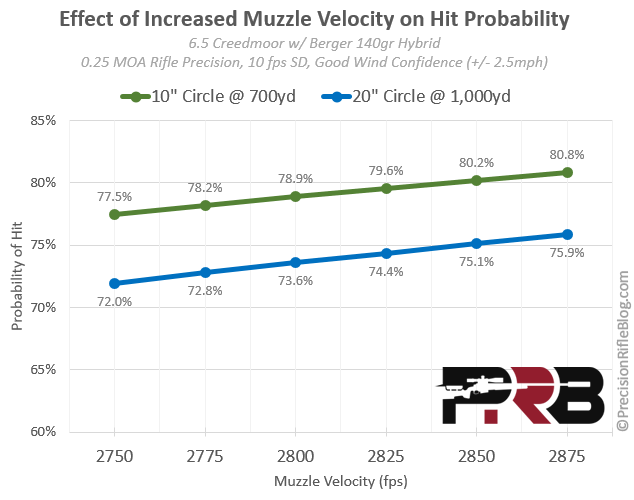

If the force of momentum from the bullet is great enough to overcome the mass of the object, the target will be moved along the same vector as the bullet.

The object that it strikes absorbs the kinetic energy, energy from motion and momentum. The conservation of momentum is also demonstrated when the bullet hits an object. The acceleration of the bullet while moving along the gun barrel would be much greater than the acceleration of the gun(acceleration = force mass). Although the action and reaction forces are equal in size the effect on the gun and the bullet are not the same since the mass of the gun is far greater than the mass of the bullet. In this case, if a gun exerts a force on a bullet when firing it forward then the bullet will exert an equal force in the opposite direction on the gun causing it to move backward or recoil. Momentum is transferred from the first object to the second object. The momentum lost by the first object is exactly equal to the momentum gained by the second object.

When one object exerts a force on a second object for a certain amount of time, the second object exerts an equal but oppositely directed force on the first object for exactly the same amount of time. Momentum is conserved because of Newton’s third law of motion. It can only be transferred between objects. Because momentum is a conserved quantity, it cannot be created or destroyed (momentum before = momentum after). The faster an object is moving or the more mass it has, the more momentum it has in the direction of its motion(momentum = mass x velocity). Momentum is a vector quantity, having both a direction and a magnitude. In order for the entire system of the gun and the ammunition to have equal momentum, the gun must gain momentum in the opposite direction from the bullet. the gun ‘jumps’ backward and a ‘kick’ is felt).Īs the bullet is propelled through the barrel, it gains momentum. For this reason, the gun must have a recoil velocity after the bullet is fired (i.e. The gun must therefore have the same magnitude of momentum but in the opposite direction so that they cancel each other out leaving the total momentum still equal to zero. After firing the bullet there is momentum in the forward direction. When a bullet is fired from a gun, the total momentum before is zero since nothing is moving. This is how a bullet is fired from a gun.Ĭonservation of momentum is the law that is held true when the gun is fired and a “kick” is felt. The only way for the gas to escape is to push the bullet out of its way through the end of the barrel. High-pressure gases exert forces on the back of the bullet and on the gun. When the black gun powder burns, it produces gas that rapidly expands with the burning of more black gun powder. This charge ignites black gun powder packed behind the lead ball bearings. When the trigger is pulled, the hammer strikes a small charge at the end of the shell, the ammunition. Grains of burned gun powder is sent out the muzzle at high velocity. Many people do not realize that the force imparted by accelerating the bullet is not the only force acting on the gun, or the shooter.

The momentum will carry the bullet until it strikes an object or gravity pulls the bullet towards the earth.įirearms change potential chemical energy into kinetic energy in the actual firing of the gun. Once the bullet is fired, it remains in motion from its momentum. The increase in pressure caused by the gases causes the bullet to be forced into the barrel hence causing the bullet to come out of the muzzle at very high speeds. The gas pushes on every surface it encounters, including the bullet in front of it and the base of the gun barrel behind it. This causes the volume behind the bullet to fill with extremely high-pressure gas. The firing pin then hits the primer which causes the powder to burn hence producing lots of gases. When the trigger is pulled the hammer hits the firing pin. Weapons such as cannons, shotguns, and rifles, work on the basic idea of conservation of momentum and the change in energy from potential to kinetic. However, the physics behind all guns remains the same. Nowadays firearms are a little more sophisticated.


 0 kommentar(er)
0 kommentar(er)
